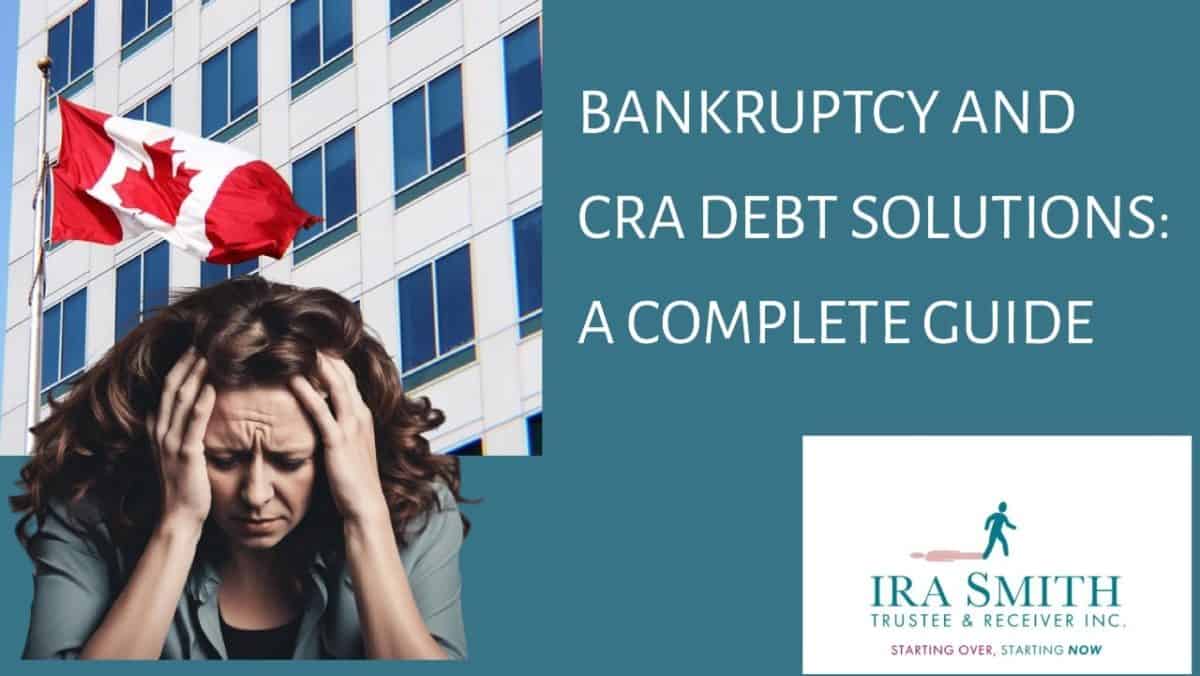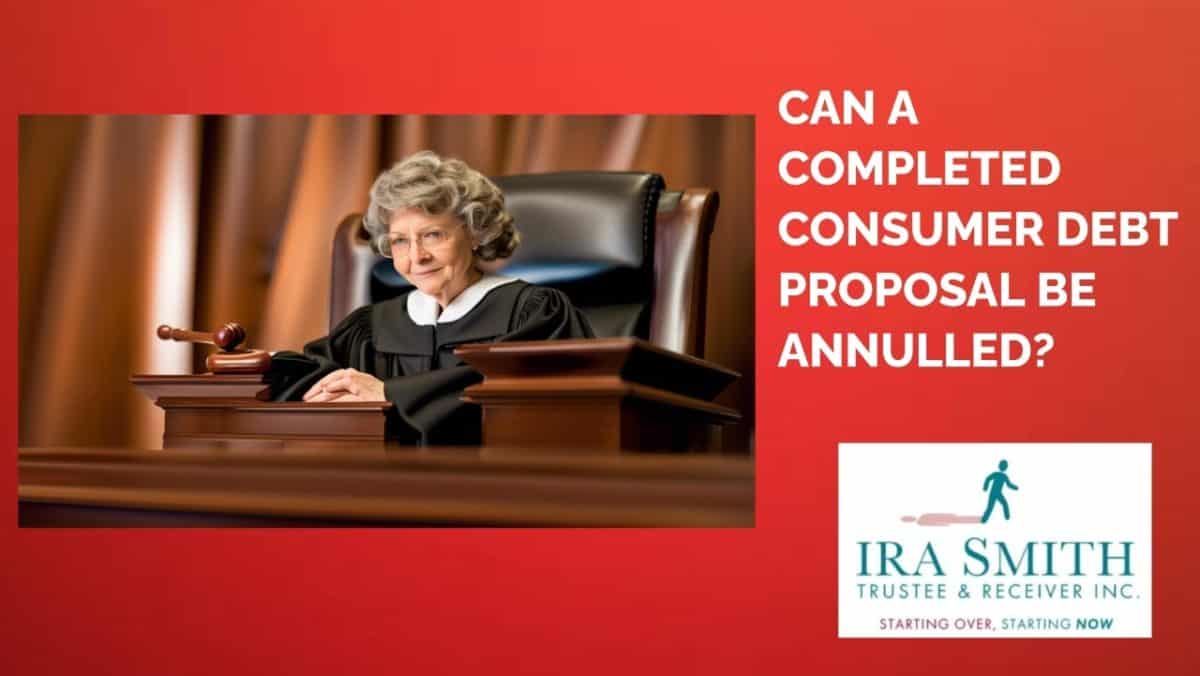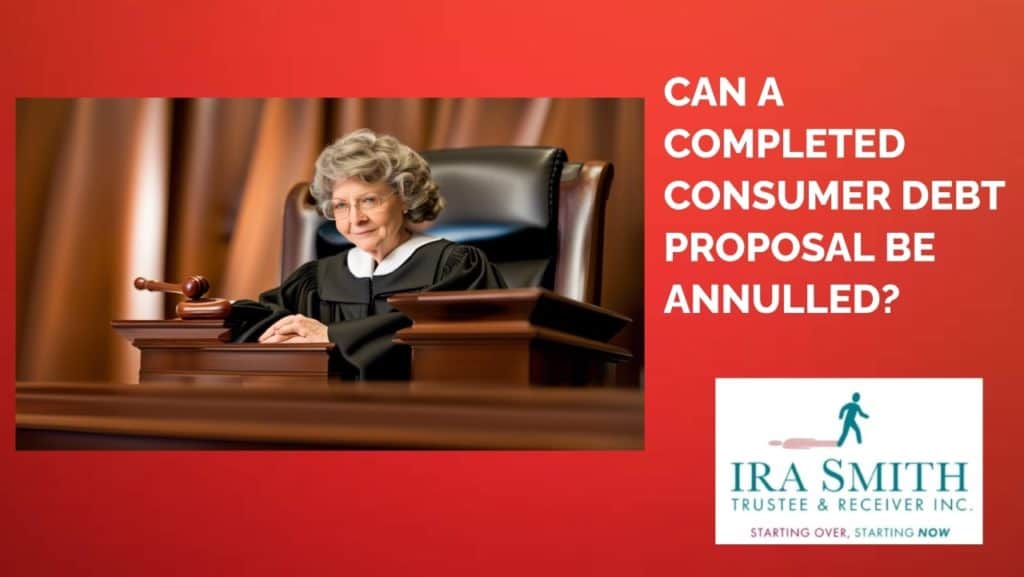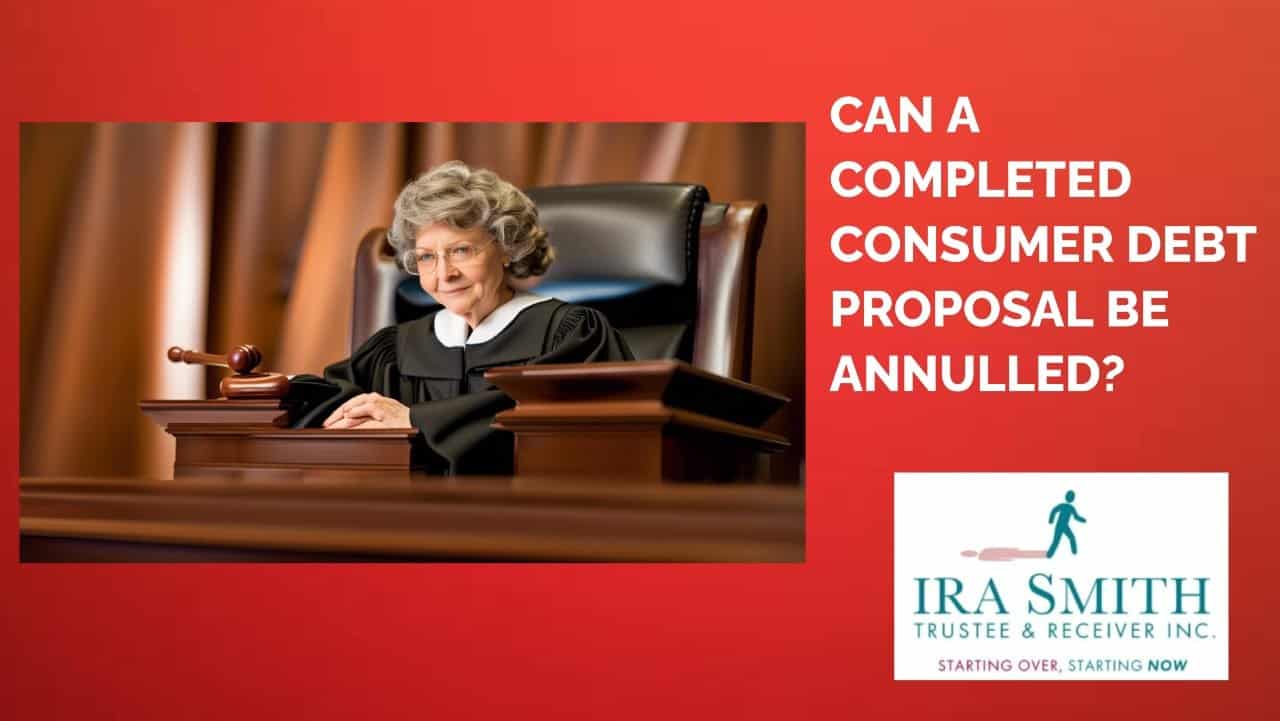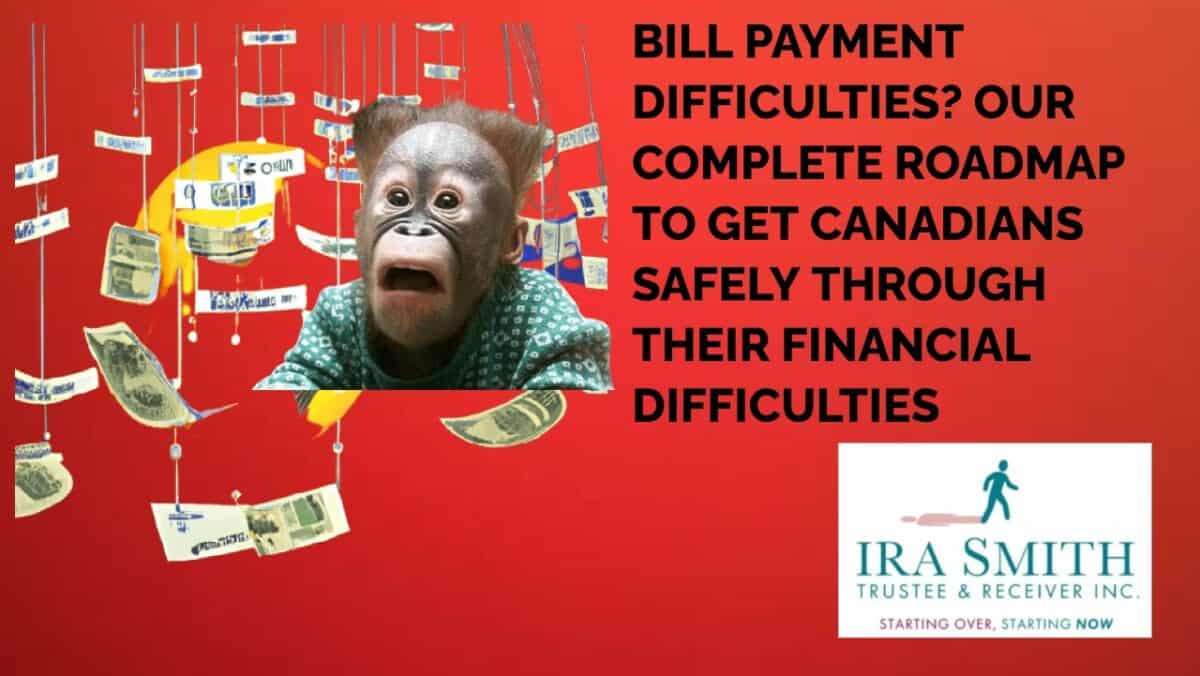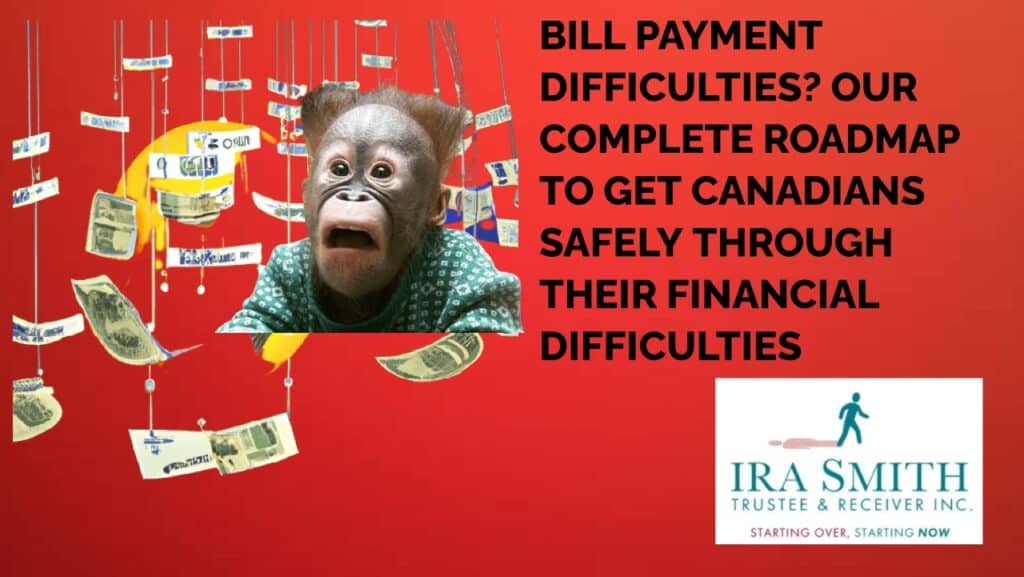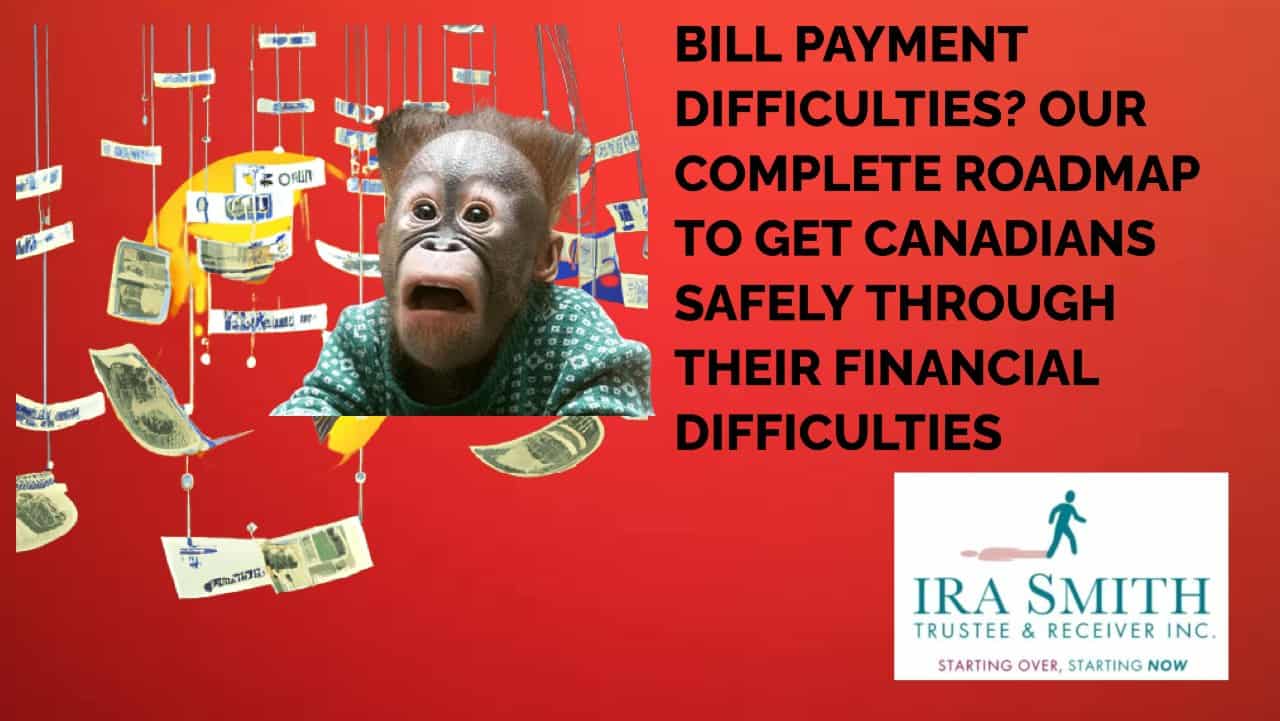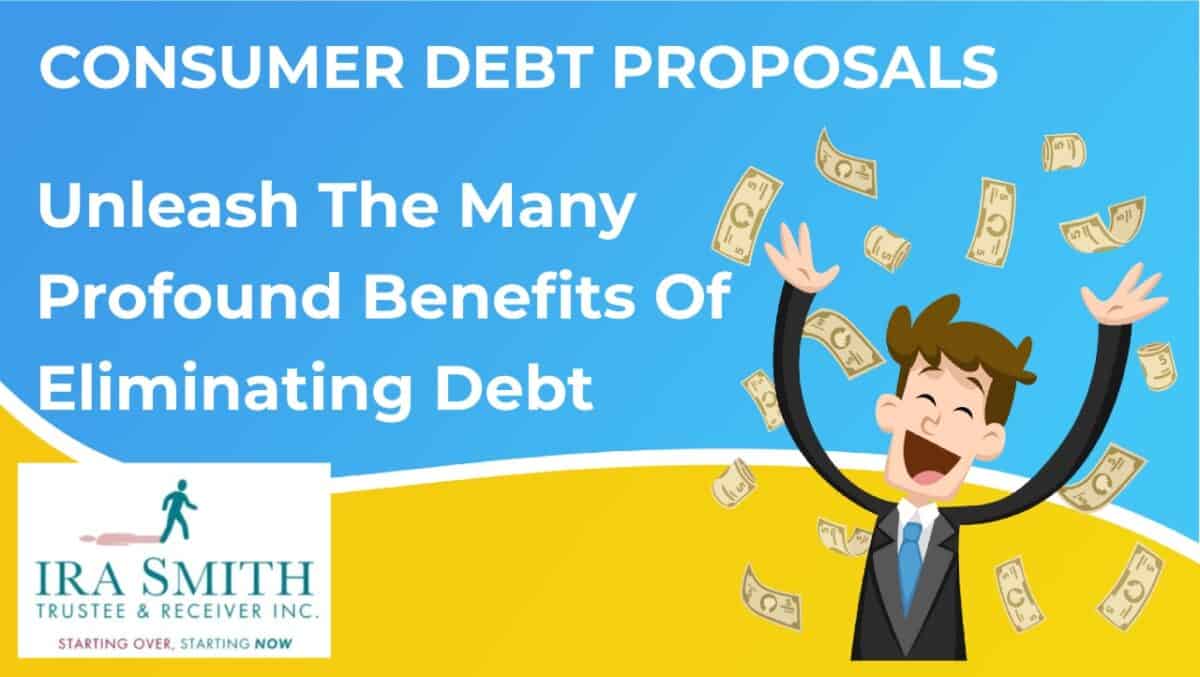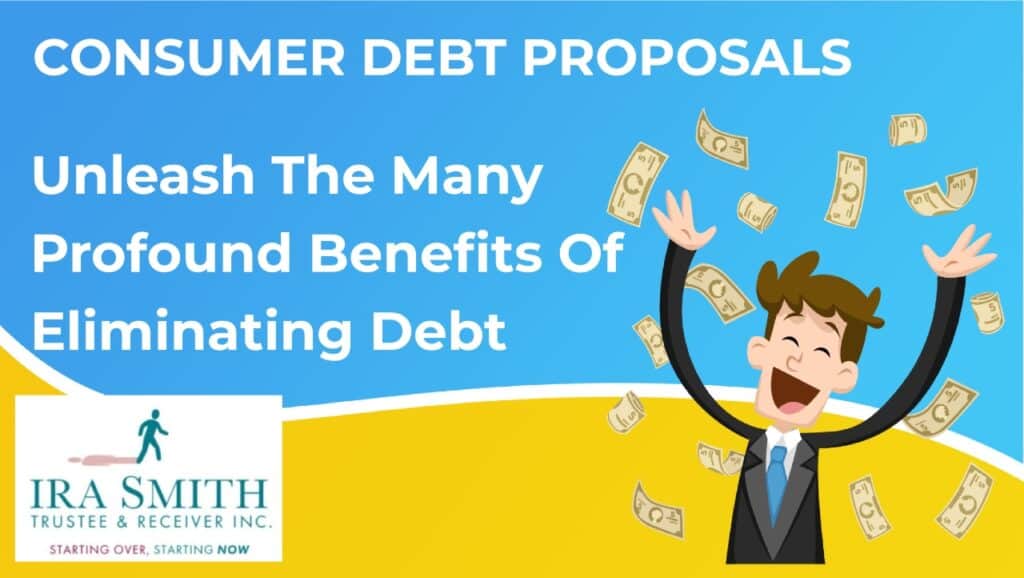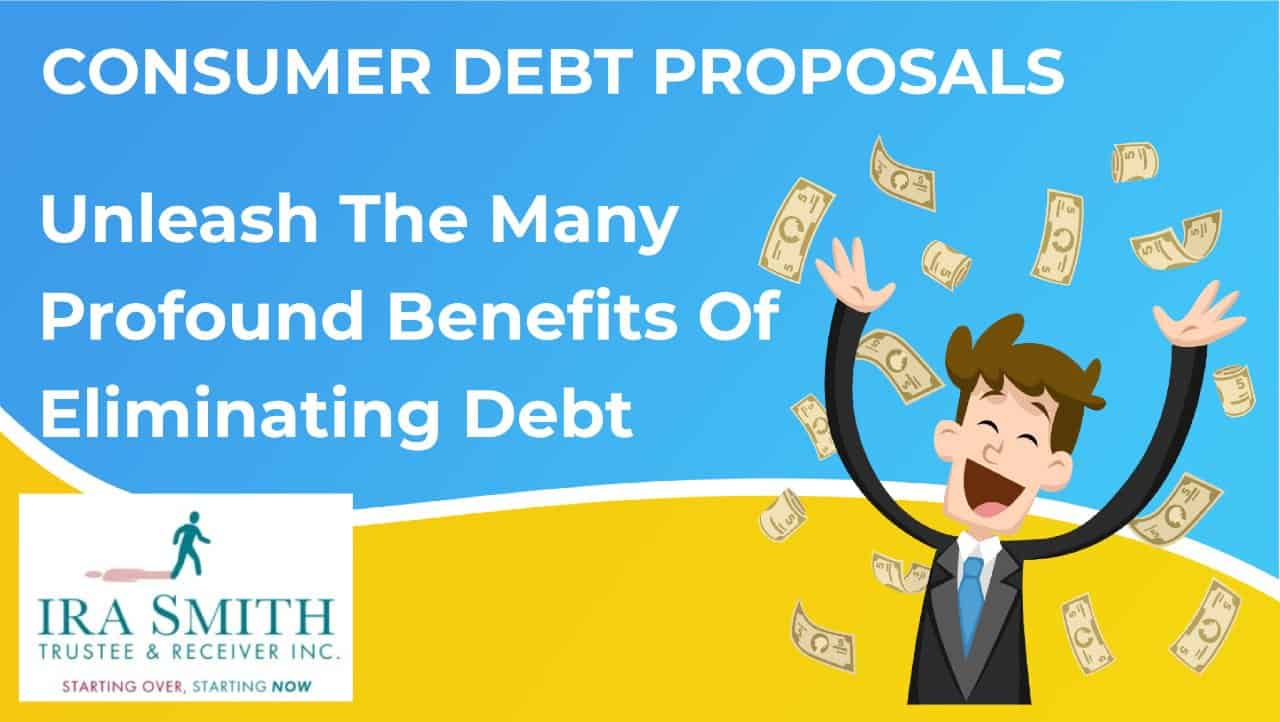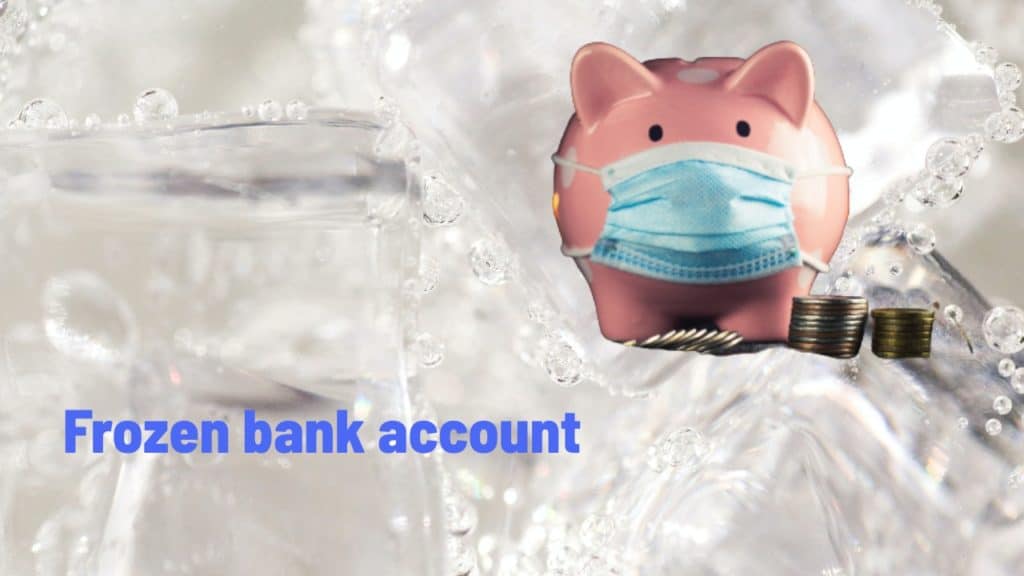bankruptcy and cra debt
Bankruptcy and CRA Debt Introduction
Finance Minister and Deputy Prime Minister Chrystia Freeland introduced the 2024 Federal Budget on April 16. During her presentation in Parliament, she advised that Budget 2024 will include that any capital gain will be taxed from the current 50% to two-thirds. April 30 was the last day for most Canadians to file their 2022 personal income tax return.
At the end of April, Ms. Freeland announced that Budget 2024 would not include the capital gains tax change. Rather, she will ask Parliament to approve a stand-alone Bill which will include the capital gains tax change, no doubt combined with other initiatives such as more Federal money for access to housing, in a crass move to try to score voter points when the Conservatives vote against the Bill because of the tax increase. So income tax owed to the Canada Revenue Agency (“CRA”) is on everyone’s mind.
Canadian entrepreneurs are up in arms over the Budget 2024 capital gains taxation change. People are concerned over the level of taxation disclosed in their personal income tax returns. Some Canadians do not have the money to pay their calculated income tax payable.
This Brandon’s Blog discusses the complex world of Canadian bankruptcy and CRA debt, along with other potential options, to achieve financial stability. I aim to equip people with the necessary knowledge and strategies to make informed choices.
Definition of Bankruptcy and CRA Debt
Bankruptcy is a legal condition where consumers or companies admit they are unable to pay their outstanding debts. The bankruptcy process is a supervision and administration process overseen by a licensed insolvency trustee and the court. Under the bankruptcy legislation, people and businesses can either: (i) restructure to eliminate their debt by only paying a percentage of the amount owing; or (ii) liquidate most of their assets for the proceeds to be paid to the creditors in priority as outlined in the legislation.
CRA debt is one kind of debt that individuals or companies may owe for unpaid taxes, penalties and interest. Understanding the workings of bankruptcy and CRA debt will help people owing taxes they cannot repay make informed decisions on how to deal with their debts to get back to a financially healthy and stress-free life.
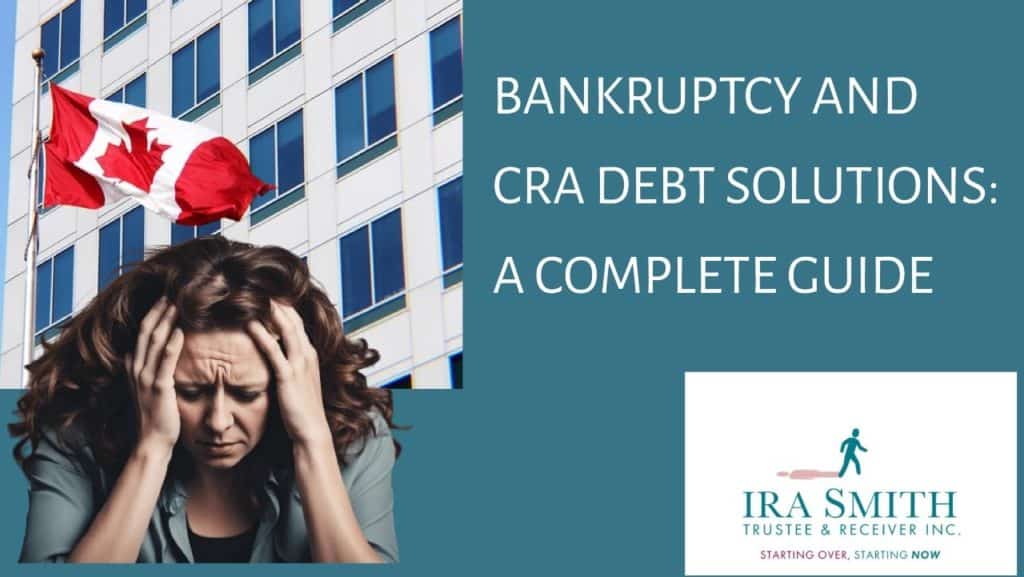
Bankruptcy and CRA Debt: Importance of Debt Management and Tax Relief
Effective debt management and tax relief are crucial aspects of financial stability for individuals facing Canadian bankruptcy and CRA debt. By implementing sound strategies for managing debt and seeking relief from tax obligations, individuals can regain control of their finances and work towards a brighter financial future.
Debt management techniques such as budgeting, debt consolidation, and credit counselling can help individuals navigate the complexities of bankruptcy and CRA debt. Additionally, exploring tax relief solutions such as deductions, payment plans, and professional assistance can alleviate the burden of tax liabilities. Prioritizing debt management and tax relief is key to overcoming financial challenges and achieving long-term financial well-being.
Bankruptcy and CRA Debt: Understanding Bankruptcy in Canada
What is bankruptcy?
Having a solid grasp of how bankruptcy can affect a person is vital for those experiencing financial difficulties. Things such as the different types of bankruptcy, the procedure for initiating bankruptcy proceedings, and the real-life impact it has on a person’s daily life are crucial for anyone considering personal bankruptcy to understand. By examining the intricacies of bankruptcy, I hope you will gain valuable insights into how to effectively navigate this intricate legal process.
Whether contemplating personal or corporate bankruptcy, understanding critical aspects such as which assets can be liquidated by a Trustee, how your debt gets discharged, and creditor negotiations is essential. With the appropriate knowledge and assistance, people can make well-informed choices to manage their debts to head towards a new financial beginning.
Bankruptcy laws in Canada
Bankruptcy laws in Canada are a set of legislation and regulations that govern obtaining bankruptcy protection and the subsequent handling of a person or business’ financial affairs. These laws are designed to provide individuals and companies with a second chance to manage their debts and start afresh.
In Canada, the main governing legislation for bankruptcy is the Bankruptcy and Insolvency Act (BIA), which outlines the procedures and requirements for obtaining relief to restructure debts under either a consumer proposal or a Division I proposal.
If restructuring is not a possibility, the BIA also covers the procedures for what is always the last choice, a liquidating bankruptcy. The BIA also covers the rights and responsibilities of debtors, creditors and insolvency trustees. Additionally, each province has its legislation that may impact the result of bankruptcy under federal laws.
In the case of larger and more intricate corporations, the Companies’ Creditors Arrangement Act (CCAA) presents an additional federal statute to be considered. This legislative provision enables such substantial entities to effectively reorganize their operations and financial matters, thereby ensuring their sustained business activities and provision of employment opportunities for Canadians.
Individuals and businesses alike must gain comprehensive knowledge of these legal frameworks and diligently seek expert counsel before undertaking any bankruptcy-related determinations.

Bankruptcy and CRA Debt
Overview of the CRA
The CRA is entrusted with the pivotal responsibility of overseeing the execution of tax laws and programs on behalf of the Canadian government at the federal level. From 1867 until 1999, the Department of National Revenue, commonly referred to as Revenue Canada bore the responsibility of overseeing tax services and programs. However, in 1999, a comprehensive reorganization took place, resulting in the establishment of the Canada Customs and Revenue Agency (CCRA).
Subsequently, in 2003, the CCRA underwent further transformation, giving rise to the inception of the Canada Border Services Agency (CBSA), thereby altering the agency’s core focus and subsequently prompting its name change to CRA.
The CRA’s mandate revolves around the proficient and equitable collection of taxes, diligent administration of benefits, and rigorous enforcement of tax laws. Additionally, they extend their services to taxpayers by disseminating pertinent information and offering assistance to ensure that Canadians have accurate comprehension and adherence to tax obligations.
Upholding the utmost integrity of Canada’s tax system while fostering voluntary compliance through educational outreach and enforcement measures remains at the forefront of the agency’s priorities. Backed by a devoted team of professionals and leveraging cutting-edge technology, the CRA is steadfastly committed to delivering superlative and exemplary services to the Canadian populace.
Types of debt owed to the CRA
Unpaid taxes result in individuals or businesses facing substantial CRA debt financial obligations. It is important to understand the ramifications associated with such indebtedness, given that it can give rise to severe repercussions including wage garnishment, bank account freezing, or legal repercussions. To mitigate the weight of this debt and avert penalties, it is always highly recommended to stay current in your obligations to CRA.
The Canada Revenue Agency (CRA) collects a range of debts from both individuals and businesses. Among these debts, the most prevalent is income tax owed, which represents the unpaid tax on an individual’s or business’s income. Another significant debt includes the Harmonized Sales Tax (HST) or, in provinces without sales tax, the Goods and Services Tax (GST) owed. These taxes apply to most goods and services supplied within Canada. CRA may also assess the individual Directors for GST/HST and employee source deductions not remitted by the corporation.
Furthermore, individuals and businesses may also encounter debts such as payroll remittance, excise tax, and penalties or interest charges resulting from late or erroneous filings. To ensure compliance and avoid further penalties or potential legal consequences, individuals and businesses must promptly and accurately address these debts on time.
Consequences of CRA debt
Noncompliance with the CRA and the resulting indebtedness can lead to serious problems for both individuals and businesses. Failing to pay your tax obligations to the CRA results in penalties, interest charges, and legal repercussions. These ramifications extend beyond mere financial burdens, encompassing wage garnishments, bank account seizures, seizure of amounts owing to the taxpayer from third parties, and property liens.
The CRA can freeze your assets and conduct audits to recover outstanding debts. The detrimental consequences of indebtedness to the CRA can have far-reaching implications, impairing credit ratings and impeding access to loans or mortgages. It is of utmost importance for individuals and businesses to expeditiously address and resolve any outstanding debt owed to the CRA to avert these severe consequences. Retaining a tax professional to assist in dealing with CRA is always advisable.
Bankruptcy and CRA Debt: Exploring CRA Debt Solutions in Canada
Informal Debt Settlements
When you seek an informal debt settlement option with CRA, absent formal insolvency proceedings, you will be disappointed. Without an insolvency proceeding, the CRA representative has no authority to accept anything other than 100 cents on the dollar – payment in full of the assessed tax, penalty and interest.
You can apply for a fairness hearing to see if you can get all or a portion of the penalty and interest eliminated, but the CRA person you speak to can only talk about the full amount that shows up on their computer screen.
Debt Repayment Plans
CRA will enter into a debt repayment plan, but depending on your situation, again, you may be disappointed. Normally, CRA will only agree to have you pay the full tax debt balance, plus penalty and interest, in 12 monthly instalments over the 1 year. That means that you need to repay the full amount in one year.
If you default on even one payment, then the whole deal is off and CRA will pursue you for the full amount to be immediately repaid. For some, this may be just the breathing room they need and they will be able to repay the full amount of the CRA debt over 12 equal monthly payments. But what if you cannot afford to do that?
Bankruptcy as a Debt Relief Option
Bankruptcy presents a potential solution for individuals or businesses grappling with substantial financial difficulties, especially those brought on by owing a substantial amount to CRA. By discharging most unsecured debts and providing a shield against creditors, it offers a pathway to financial renewal.
Nonetheless, it is crucial to approach bankruptcy as a final option due to its enduring impacts on credit rating, employment in areas that require bonding, and today to a much lesser extent, personal standing. Before making a decision, it is advisable to seek guidance from a qualified licensed insolvency trustee to gain a comprehensive understanding of the ramifications and to evaluate alternative strategies such as debt consolidation, a consumer proposal or corporate financial restructuring.

Bankruptcy and CRA Debt: The Bankruptcy Process in Canada
The bankruptcy process involves a diverse array of stakeholders, each playing a crucial role. Among the key participants are:
- The insolvent individual or company, referred to as the debtor, has undergone financial failure and is now also known as the bankrupt.
- The licensed insolvency trustee, formerly known as a trustee in bankruptcy, is responsible for managing the bankruptcy proceedings.
- The creditors are owed financial obligations by the debtor.
- The Office of the Superintendent of Bankruptcy (OSB), holds the mandate to regulate and oversee all administrations governed by the BIA within Canada.
Preparing for Bankruptcy
To prepare for bankruptcy, the debtor, being either the individual or the Director of the company, must make full disclosure to the licensed insolvency trustee about all assets and liabilities and all other information requested by the Trustee. This allows the Trustee to provide the debtor with advice on the realistic available options for the debtor to overcome their debt challenges and hopefully find a solution other than bankruptcy.
The Trustee will want to ensure that the debtor has filed all overdue income tax returns. That way, the debtor, the Trustee and CRA will have a good estimate of all the tax the person owes, subject to review and assessment by CRA of course. At least there will not be any outstanding filings as this can slow down an insolvency process. CRA will want a pause in the insolvency proceedings until they are certain they understand the full amount owed.
If it is decided that an insolvency process is required, such as bankruptcy, then the information also allows the Trustee to prepare all the necessary filing documents.
Filing for Bankruptcy
Filing for bankruptcy is a legal process that allows individuals or businesses to seek relief from overwhelming financial obligations, including CRA debt. It involves filing an assignment in bankruptcy document which is prepared by the Trustee, and reviewed and signed by the debtor. The bankruptcy filing discloses all assets, liabilities, and income and expenses.
Personal bankruptcy can be a complex and emotional decision, but it can provide both a shield against CRA debt collection activities and seizures and simultaneously a fresh start for those individuals struggling with overwhelming debt.
It is crucial to seek the guidance of a licensed insolvency trustee to get the advice necessary to ensure a smooth and successful filing. Bankruptcy is not a decision to be taken lightly, but it can offer a solution to individuals and companies facing insurmountable financial challenges.
Duties and Responsibilities during Bankruptcy
The focus of the BIA in personal bankruptcy is for the honest but unfortunate debtor to a society free of his or her debts. The premise is that the bankrupt, or the officer of the bankrupt corporation, will fulfill their duties with integrity and honesty. The duties are outlined in the OSB’s Directive No. 26. If you are interested, you can read them HERE.
But what if they don’t? What if the individual bankrupt does not fulfill all of their duties and essentially absences themself from the process once they have filed their assignment in bankruptcy? In that case, the Trustee must oppose the bankrupt’s application for discharge and bring the matter to court. With CRA debt, there are times when CRA will automatically oppose a person’s discharge from bankruptcy.
Bankruptcy and CRA Debt Discharge Considerations
Corporations do not receive a bankruptcy discharge; individuals do. When it comes to CRA debt, there are times when CRA automatically opposes a person’s discharge or when a Trustee must.
If an individual filing for bankruptcy has personal income tax debt exceeding $200,000 and if the personal income tax debt accounts for 75% or more of the total unsecured proven claims, they are not eligible for automatic discharge under section 172.1 of the BIA. GST/HST payable is not factored into the determination for high-tax debtors, but taxes on additional income resulting from shareholder loans, draws, or dividends are included in their assessment.
For high-tax debtors seeking discharge, the licensed insolvency trustee will present the bankrupt’s discharge application to the court for a hearing, which the individual must attend. The court’s considerations and the type of discharge order granted for high-tax debtors differ from those in cases of bankruptcy filed by non-high-tax debtors. To avoid this scenario, a high-tax debtor should consider filing an alternative to bankruptcy, such as a restructuring proposal.
Dealing with Bankruptcy and CRA Debt
Outstanding Tax Returns
Unremitted Canadian tax filings mean tax returns that are either outstanding or incomplete within the specified filing deadlines for Canadian taxpayers. Such delinquent filings will incur penalties and interest charges, requiring individuals and companies to prioritize their tax responsibilities with utmost care. It becomes the duty of each taxpayer to ensure the prompt and accurate submission of their tax returns, to avoid negative repercussions.
Tax accountants and lawyers help their clients in fulfilling their tax obligations. Timely resolution of outstanding Canadian tax returns is essential to sustain compliance and avert any future complexities.
As stated above, any person or company contemplating either trying to reach an accommodation from CRA or invoking an insolvency process to deal with their CRA debt must bring all their filings up to date.
Bankruptcy and CRA Debt: Discharge in Bankruptcy
I discussed the issues for an individual high-tax debtor trying to get their discharge from bankruptcy. The Trustee must bring the application to court. At the discharge hearing, subject to any other problematic issues with the debtor’s conduct before or during the bankruptcy administration, CRA will send a lawyer from the Department of Justice to the discharge hearing to request a condition be placed on the bankrupt before they can obtain their discharge.
The condition that the CRA will request is that the debtor pay 25% of the total proven CRA debt to obtain their bankruptcy discharge. Even if the person is not a high-tax debtor, there may be other reasons why CRA will oppose the person’s discharge from bankruptcy. If the CRA file is replete with instances of failed promises, ignoring the CRA representative requests over some time and general “trouble-making” by the taxpayer, the CRA will oppose the discharge.
These are all considerations that a person must discuss with the licensed insolvency trustee up front to end up using a process that is most advantageous to the taxpayer in eliminating their CRA debt.
Rebuilding Your Finances After a Canadian Bankruptcy Discharge
Reestablishing your financial standing following a Canadian bankruptcy discharge may seem like a challenging endeavour. However, with strategic planning and commitment, it is feasible to recover from financial setbacks. The initial step involves developing a budget and adhering to it meticulously, guaranteeing that essential expenses are met while unnecessary spending is curtailed.
Next, it is important to start rebuilding credit in a few different ways:
- Obtain a secured credit card. Not the drug store variety, but the kind where you put down a cash security deposit and then you are given a credit card limit equal to your cash deposit. When you make your credit card payments, it gets reported to the credit bureaus. If you make your payments when due, over time, this will increase your credit score.
- Take out a small 1 year RRSP loan and pay it off on time. This will also improve your credit score on your credit report.
- The two Canadian credit bureaus, Equifax and TransUnion, are now beginning to track residential rent payments. If you are a renter and you make your rent payments on time, this too will increase your credit score.
It is also recommended to seek guidance from a financial advisor or credit counsellor to develop a solid financial plan. With patience and discipline, it is possible to rebuild your finances and secure a brighter financial future.

Bankruptcy and CRA Debt FAQs
Here are the most frequently asked questions and the answers regarding bankruptcy and CRA debt:
Is it possible to file for bankruptcy solely for CRA debt?
When initiating bankruptcy proceedings, it is imperative to include all debts owed. Notably, CRA debt related to income taxes and Director liabilities is treated comparably to other unsecured debts within the scope of bankruptcy proceedings.
What happens to my CRA debt in bankruptcy?
In bankruptcy, CRA debt is included as part of your unsecured debts (the exception being a proprietorship or partnership debt for unremitted HST or employee source deductions). Keep in mind that the CRA may oppose your discharge and the court may make a condition of you paying a portion of the CRA debt to obtain your discharge from bankruptcy.
How does bankruptcy affect my tax refunds?
Tax refunds may be affected in bankruptcy. It’s important to consult with a professional to understand the specific impact on your tax refunds.
Can I include tax debt in a consumer proposal?
Yes, tax debt can be included in a consumer proposal. A consumer proposal offers a structured repayment plan to creditors, including the CRA. It can be a more favourable option than bankruptcy for negotiating repayment terms with the CRA.
What if my tax debt exceeds $200,000 and makes up over 75% of my unsecured debt?
Individuals with personal tax debt exceeding $200,000, constituting over 75% of their total unsecured debts, may not qualify for automatic discharge in bankruptcy proceedings. In such instances, a bankruptcy court hearing will be convened, and potential conditions for discharge may be mandated, such as contributing a specified amount to the bankruptcy estate.
Bankruptcy and CRA Debt Conclusion
I hope you have enjoyed this bankruptcy and CRA debt Brandon’s Blog. Hopefully, you have better insight now into the ways of dealing with CRA debt and what some viable options are.
Do you or your company have too much debt? Are you or your company in need of financial restructuring? The financial restructuring process is complex. The Ira Smith Team understands how to do a complex restructuring. However, more importantly, we understand the needs of the entrepreneur or the person who has too much personal debt.
You are worried because you are facing significant financial challenges. It is not your fault that you are in this situation. You have been only shown the old ways that do not work anymore. The Ira Smith Team uses new modern ways to get you out of your debt troubles while avoiding bankruptcy. We can get you debt relief freedom.
The stress placed upon you is huge. We understand your pain points. We look at your entire situation and devise a strategy that is as unique as you and your problems; financial and emotional. The way we take the load off of your shoulders and devise a plan, we know that we can help you.
We know that people facing financial problems need a realistic lifeline. There is no “one solution fits all” approach with the Ira Smith Team.
That is why we can develop a restructuring process as unique as the financial problems and pain you are facing. If any of this sounds familiar to you and you are serious in finding a solution, contact the Ira Smith Trustee & Receiver Inc. team today.
Call us now for a free consultation. We will get you or your company back on the road to healthy stress-free operations and recover from the pain points in your life, Starting Over, Starting Now.


